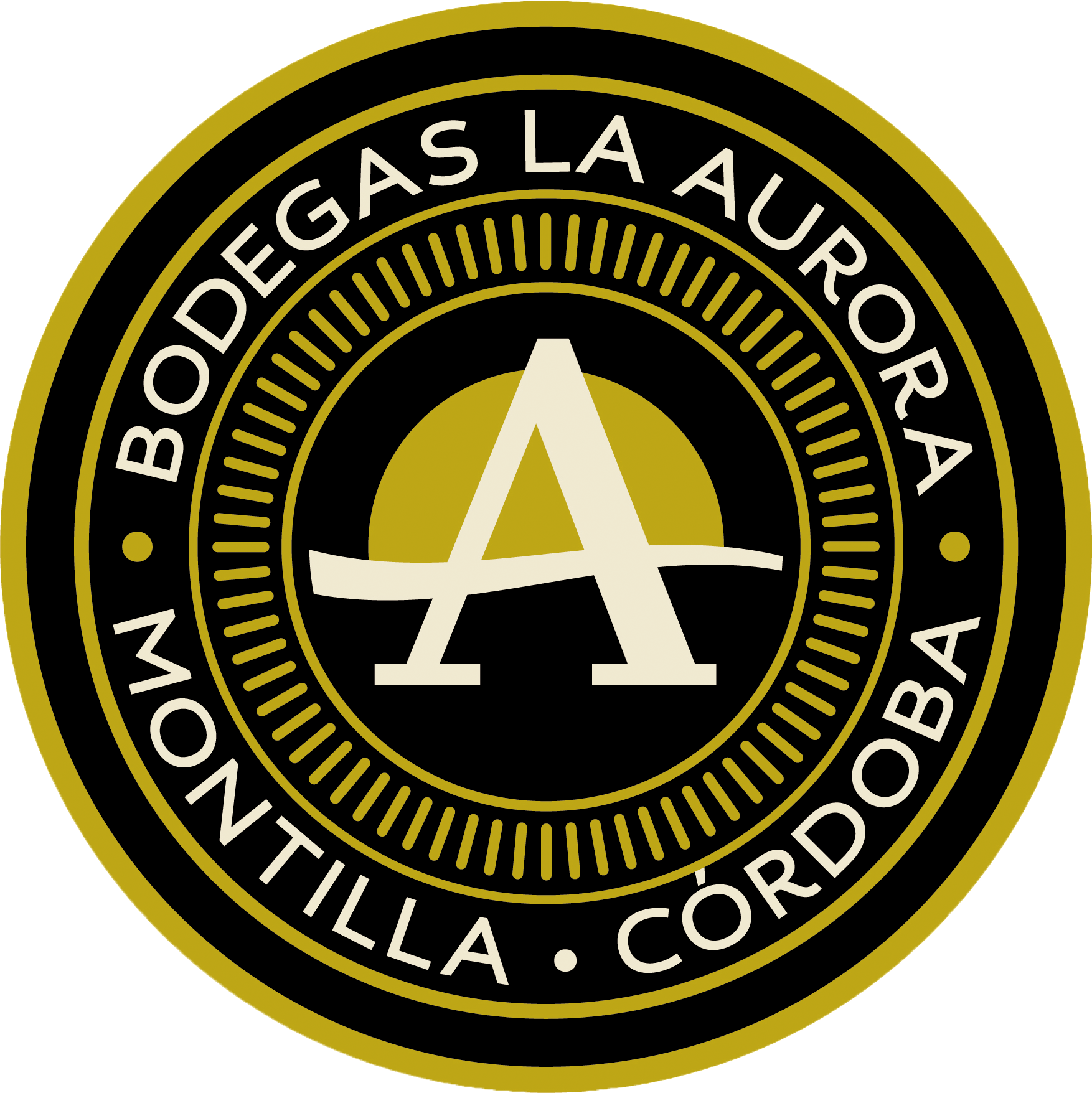How many varieties of olive trees exist in Montilla-Moriles?
Hello! Surely you have also asked yourself this question on more than one occasion, how many varieties of olive trees are there? What are the olive tree varieties that predominate in this area of Montilla-Moriles?
They are two very interesting questions that I hope to answer in the best possible way, although I would like to start at the beginning and explain what the origins of the olive tree are.

Origins of the olive tree
According to various sources, the olive tree has its origin in the Middle East more than 5,000 years ago, over the years, it expanded to the West through the Mediterranean basin.
It can be said that the first olive trees that were known here in Spain are the so-called acebuches, wild and spontaneous trees that offer a very small fruit.
In the Middle Ages is when the cultivation of the olive tree was promoted on the Mediterranean coasts, dry lands and irrigated areas of the interior of Spain. It was then that, starting from the wild olive trees, the first growers were choosing the trees that had the best characteristics depending on the areas. and the adaptation of the tree to the terrain.
How many varieties of olive tree are there?
In Spain, more than 250 different cultivable varieties of olive trees have been catalogued.
Of those 250 varieties, there are just over 20 that have spread widely throughout Spanish territory and 3 are the ones that predominate in this area.
It should be noted that only four varieties of olive tree cover 60% of all planted olive trees, and that only one of them, the Picual, produces almost half of the Spanish oil.
On this topic I want to clarify the difference between “quality” and “variety” in the oils produced, since two different species of olive tree will produce two oils of different varieties but of identical quality, because each variety of oil has different organoleptic characteristics but both can have excellent quality.
What are the olive tree varieties that predominate in this area of Montilla-Moriles?

There are three varieties of olive trees that predominate in this area of Montilla-Moriles:
Picual: This variety, also known depending on the area as Marteña or nevadilla, receives its name due to the pointed shape of the apex of its fruits. As I said above, it is the most important and widespread since it represents 50% of production in Spain, and around 20% of world production.
Hojiblanca: Also called Lucentina, the name of this variety is due to the color of the underside of the leaf that gives clarity to the tree and which also comes from the Córdoba town of Lucena. It represents 16% of Andalusian production.
Lechín: Its name comes from Arabic and means orange, it refers to the shape of its pulp and its oily must (a mixture of vegetation water and oil). This variety is the least cultivated, because collecting its fruit is much more difficult than the previous two.
Although these three varieties of olive trees are the ones that predominate in this area, there are many more.
Depending on whether the olive is going to be used for oil or for pickling, the variety may or may not be useful, for example, if we want to pickle or season olives, the most suitable of the three mentioned would be the Hojiblanca, although this one also works for its transformation into oil.
If you want to expand this information because you are from this area, I would be delighted if you did so through the comments.
I hope that the information I share with you has helped you resolve the questions that were raised at the beginning, and I end by telling you, in case you still don’t know, that our oils are within the Lucena Oil Protected Designation of Origin. Greetings and see you next week!
By Rafael Espejo.
Bodegas La Aurora S.C.A.
Avda. de Europa, 7 Montilla Córdoba 14550
Tél: 957 650 362
Tél: 957 654 642
Email: administracion@bodegaslaaurora.com
Information





